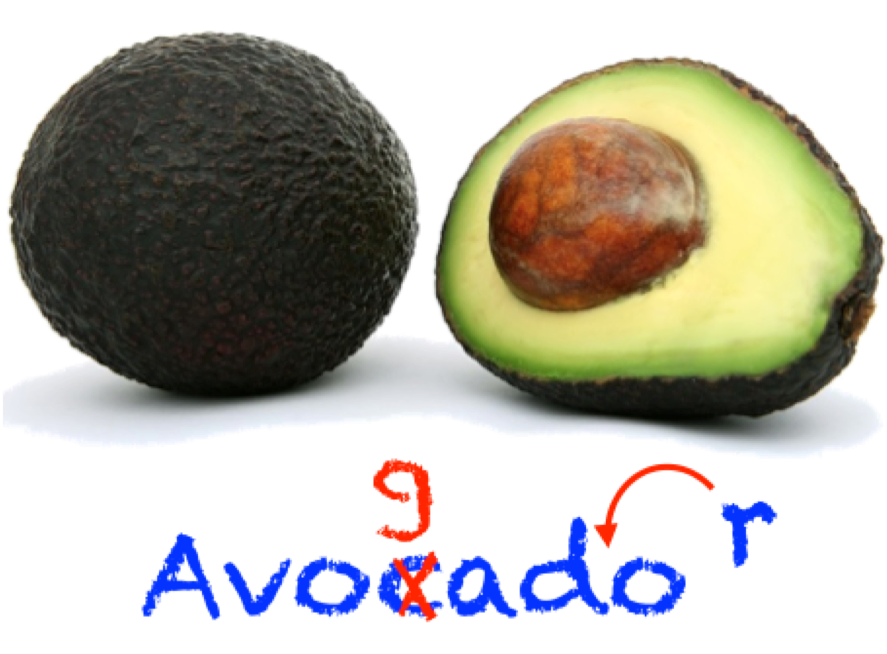Amedeo Avogadro, an Italian scientist, analysed Gay-Lussac’s law of combining volumes and hypothesised in 1811 that
Equal volumes of all gases at the same temperature and pressure have the same number of molecules

This became known as Avogadro’s law or Avogadro’s principle. It implies that for a given temperature and pressure, the volume V of a gas is directly proportional to its amount (in moles), n:
where k4 is the proportionality constant.
Since V1 = k4n1 and V2 = k4n2, Avogadro’s law can also be expressed as